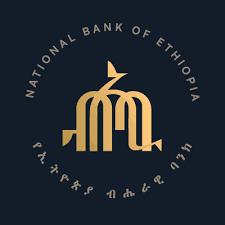August 21, 2016 – The National Bank of Ethiopia (NBE) has introduced an amended directive, effective today, aimed at revising the pricing mechanism for gold purchased through its central and regional procurement branches. The new guidelines, detailed in Guideline No. Mada 2/2016, are designed to enhance the sustainability of gold supplies and maximize the country’s foreign currency earnings from the traditional gold production sector.
Key Changes in the Gold Pricing System
Under the revised directive, the purchase price of gold will now be directly linked to the daily selling rate of foreign currency, as published on the NBE’s official website. This move is expected to align gold transactions more closely with real-time market conditions, offering a more transparent and competitive environment for gold suppliers.
In a bid to incentivize gold supplier associations and individual merchants, the NBE has introduced a new payment structure. The key provisions of the directive are as follows:
a) The gold purchase price will be determined based on the daily foreign currency selling rate stated on the NBE’s website. This ensures that the prices reflect current market conditions and provide suppliers with fair compensation.
b) Suppliers will receive 95% of the value of their gold upfront, with the remaining 5% reserved. If the 30th day falls on a holiday or weekend, the supplier may select the price on the next working day. However, if the supplier does not return within 30 days, the bank will purchase the gold at the price set on the 31st day. This provision offers a level of flexibility while ensuring suppliers are compensated promptly.



No Comment Found.